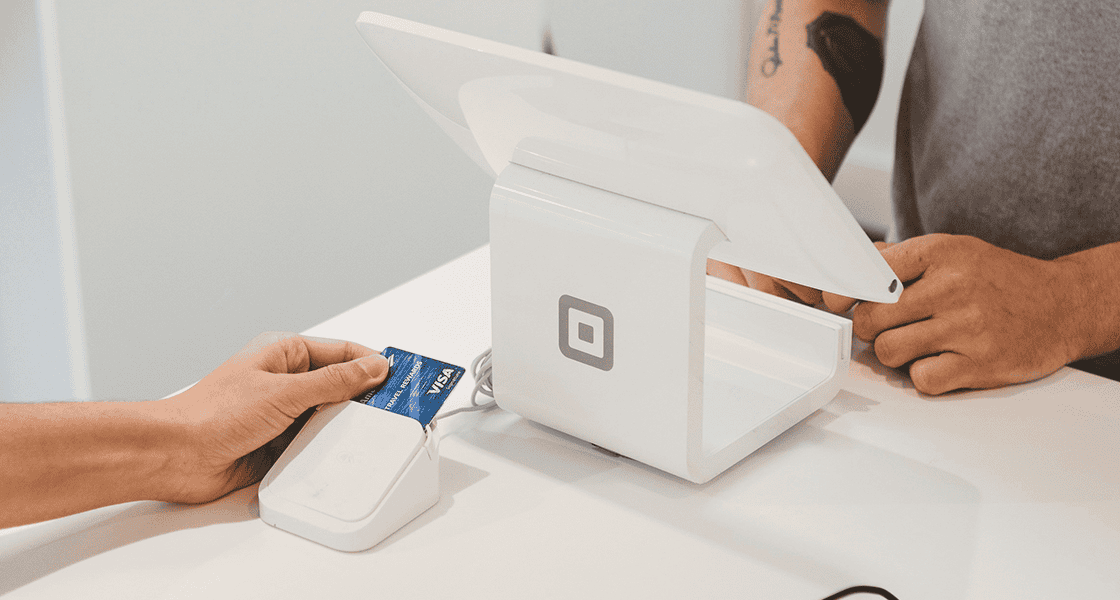Retail & Distribution
Retail Reset: Leveraging compliance tools for retail productivity
22 February 2021

Retailers are still choosing to part with their cash, albeit with a tighter budget, for the right tech solution. But there has been a shift in the types of tools retailers are investing in.
Priorities have changed.
The challenging climate has meant that “nice to have” in-store technology like interactive signage, digital fitting rooms and magic mirrors are losing popularity. Instead, retailers are investing in technology that reduces wastage, tracks stock management and helps head office teams operate more efficiently at home.
In all areas of retail businesses, we are seeing an increased investment in tools for workforce productivity. A recent study from IBM’s Institute for Business Value (IBV) found that 47% of retail, wholesale and consumer-facing businesses are expanding tools for store associates to improve productivity and better serve customers.
One area where retailers can make significant productivity gains is retail operations. Task management and compliance software has the power to make your teams work more efficiently, reduce admin and streamline the feedback process. This will increase productivity in store and head office – ultimately saving you money.
We know that retail execution drives sales and margin benefits, as “time to compliance” is shortened; rework is reduced and full price sell through rates are improved. But when times are tough, it’s important to know every area where you can improve retail productivity to drive down cost.
How you can drive productivity
The team at Cegid Retail Store Excellence have done some data analysis. We’ve consolidated data from the Cegid Retail Store Excellence platform and feedback from our clients, as well as calling on our in-depth knowledge of the retail industry. We’ve built an ROI model that makes a compelling case for productivity-improving retail operations software.
Bringing all that data together, we believe that team members can achieve a time saving that is conservatively at 1 – 4 hours / week for each store manager, district manager and head office user.
In a large portfolio of stores, the hours saved quickly add up.
As you can imagine there are lots of areas where efficiency can be improved that will give you a time saving.
- Employees can work on tasks they simply didn’t have the time to do before.
- Employees no longer work late, so they have a better work life balance and are more engaged with their job so you have less employee churn and reduced recruitment costs.
- Employees are more efficient, so you can reduce the size of your teams in store and in head office
- Store managers have the tools to manage more than one site, and area managers can take on larger areas.
- You can onboard new team members more quickly, so can decrease time to productivity.
The power of retail operations metrics in driving retail productivity
To improve efficiency and productivity, first you need to be able to measure it. The best way to measure productivity is by having an embedded process to track retail operations metrics.
By having a handle on your retail operations metrics you’ll be able to highlight the areas of your business that are excelling and where there’s room for improvement.
Here are some of the key metrics you should be tracking.
Daily health and safety form completion
With countless new measures in place, it’s likely that you’ll have multiple daily forms and checks to complete in store. If your stores are completing these forms on paper, it’s impossible for central teams to get a handle on each store’s compliance. It’s not enough to rely on reports from your area managers. You need to digitise these forms so that you can get an instant snapshot of completion rate, so you can pinpoint any areas of non-compliance.
If your health and safety measures are implemented incorrectly or haphazardly this could negatively affect your brand image. Customers will be less likely to visit a shop that’s overcrowded or has poorly managed social distancing. Even when the pandemic is over, it’s likely that they will still associate your brand with lower standards and a relaxed approach to health and safety.
You need to leave your customers with the best possible impression – and you have little margin for error.
Task completion and response rate
With an agile communication strategy, it’s likely that your guidance for stores will be updated regularly. If you set a task for stores, you need to know how long it takes store teams to complete it – or if they have completed it at all. During the next few months, team efficiency is going to be vital. How else can you manage a store portfolio and deliver your retail reset?
And for store teams, it’s important to have a trackable method for contacting head office, that doesn’t involve email chains, phone calls and answer phone messages.
Whether it’s a request for support from the retail team, HR or maintenance, store teams need a simple way to raise tasks with head office and track their progress. It needs to be a frictionless experience to ensure that problems are resolved quickly.
Time to compliance
You’ve invested time, effort and money in creating collateral that will help keep your store teams and customers safe. You have issued stores with all the information they need to add two-metre markings on the floor, and health and safety information by the door.
In the past, you’d have liked every store to be perfect at 9am on launch day, but you know it takes time to get every store 100% compliant. But how long? 12 hours, 48 hours or even a week? It is simply not feasible for this to happen any longer.
You need your stores to be fully compliant in the shortest possible time. Non-compliant stores not only pose a health and safety risk, but they can also impact sales and margin. But if you don’t track the time to compliance – you can’t manage it down!
Compliance to photo requests
All retailers share images of their stores. Sharing photos is a quick and easy way to see what your stores look like to monitor the implementation of new season launches and promotions. It can also be useful for checking that your new reopening measures are implemented in the correct way.
Unfortunately, most retailers don’t use purpose-built tools to share photos, so it’s difficult and time consuming to monitor photo submission. Sharing photos on email or WhatsApp may have once been enough, but it’s ad hoc and it’s impossible to give structured feedback to stores.
If you’d like some help driving productivity in stores, then get in touch with a member of the team by emailing us.
Interested in a product demo, more information or to become a reseller?
Get in touch with our experts today
Our recommended articles


Retail: how to adapt to the current economic situation?
Article 22 July 2024 5 min

Navigating the transition: what retailers should do as Workplace by Meta Sunsets
Article 20 June 2024 3 min